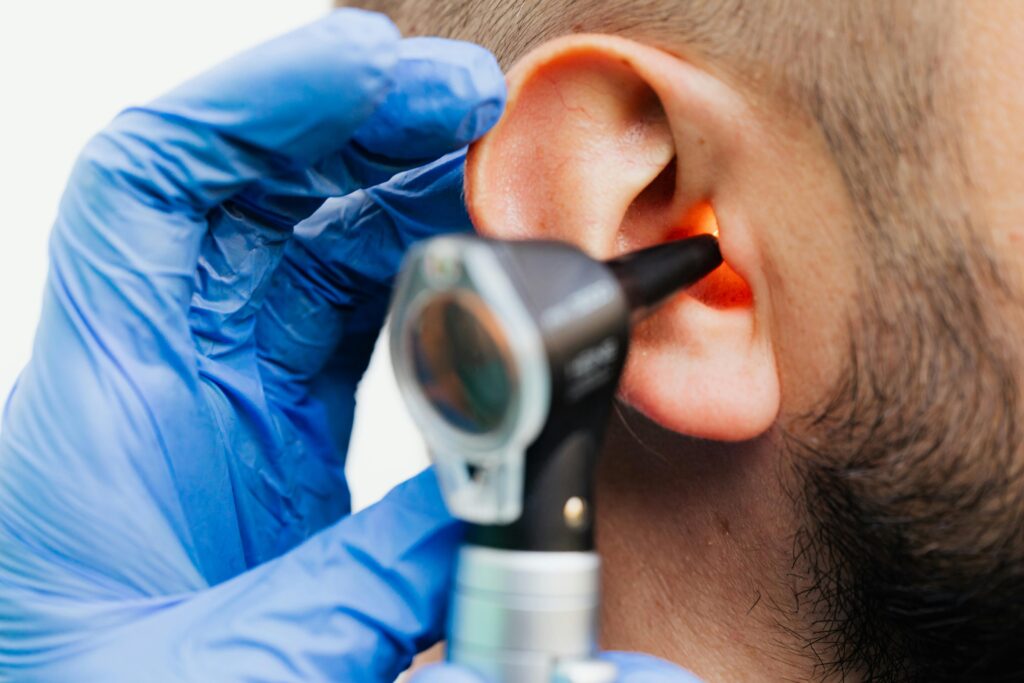“Ever stared at a pet diagnostic test report, feeling like you’re decoding ancient hieroglyphs? You’re not alone.”
Pet insurance might cover hearing tests, but what happens when that cryptic sheet of results lands in your hands? If “Diagnostic Test Results Interpretation” feels like an insurmountable challenge, we’ve got your back. In this post, you’ll get the tools to make sense of those baffling reports and turn confusion into confidence. We’ll tackle common frustrations, actionable steps, and industry secrets so you can advocate for your furry friend like a pro.
Table of Contents
- Key Takeaways
- Why Diagnostic Test Reports Are So Confusing
- Step-by-Step Guide to Understanding Diagnostic Results
- Top Tips for Navigating Pet Hearing Test Reports
- Real-Life Example: How One Owner Cracked the Code
- FAQs About Pet Hearing Insurance and Diagnostic Tests
Key Takeaways
- Diagnostic test results are written for veterinarians, not pet owners—so don’t panic if they seem overwhelming.
- Hearing loss coverage under pet insurance often hinges on accurate interpretation of these reports.
- Understanding key terms (like “ABR” or “OTOAE”) gives you power during vet consultations.
- Insurance claims require detailed documentation—know how to highlight relevant parts of the report.
Why Diagnostic Test Reports Are So Confusing (And What You Can Do About It)

I once stood in my vet’s office staring at a printout filled with numbers and acronyms. I thought, “What did I just pay $300 for?” Turns out, it was something called Auditory Brainstem Response (ABR) testing. Sounds fancy, right? But without guidance, these reports can feel more alienating than informative.
The biggest issue isn’t even the jargon—it’s the gap between veterinary expertise and our understanding as pet parents. Here’s what makes things worse:
- Technical Language: Terms like “otoacoustic emissions” aren’t exactly dinner-table talk.
- Lack of Explanation: Many vets assume we’ll Google everything—or worse, figure it out ourselves.
- Time Constraints: A rushed appointment leaves little room for clarification.
“Optimist You:” *‘Maybe I just need to learn medical terminology.’*
“Grumpy You:” *‘Ugh, fine—but only if coffee’s involved.’*
Step-by-Step Guide to Understanding Diagnostic Results
Ready to decode your dog’s diagnostic report? Follow these steps:
Step 1: Identify Key Sections
Reports usually split into sections like:
- Patient Information
- Test Name & Date
- Results Summary
- Impressions/Recommendations
Step 2: Look for Red Flags
Specific phrases may signal issues:
- “Abnormal waveforms” = Potential hearing impairment.
- “Low amplitude responses” = Possible nerve damage.
Step 3: Ask Questions
Write down anything unclear. Use layman-friendly resources like online glossaries before your next vet visit.
Step 4: Cross-Check with Insurance Requirements
Does your policy specify certain thresholds for coverage? Match them against the results!
Top Tips for Navigating Pet Hearing Test Reports
- Know Your Acronyms: Learn terms like ABR (Auditory Brainstem Response), OAE (Otoacoustic Emissions), etc.
- Create a Cheat Sheet: Keep a running list of confusing terms and their simplified meanings.
- Use Visual Aids: Some labs include graphs; compare normal vs. abnormal ranges visually.
- Bring Backup: Have someone join you at appointments—a second set of ears is invaluable.
- Avoid This Terrible Tip: Ignoring follow-up recommendations because the report seems “too complicated.” Hint: That’s a recipe for denial.
Real-Life Example: How One Owner Cracked the Code

Sarah had no idea her Golden Retriever Max had mild bilateral deafness until his erratic behavior led her to a hearing test. She felt lost reading the diagnostic report—full of buzzwords she didn’t understand. Instead of giving up, Sarah scheduled a consultation with a specialist who walked her through each section line by line. Armed with knowledge, she submitted Max’s results to her insurer, securing partial reimbursement for treatment costs.
FAQs About Pet Hearing Insurance and Diagnostic Tests
Q: Will all pet insurers cover hearing diagnostics?
Nope. Policies vary widely, so check exclusions carefully. For instance, some exclude pre-existing conditions.
Q: Can I submit raw data from diagnostic tests for reimbursement?
Typically yes, but confirm formatting requirements with your insurer first.
Q: What happens if my veterinarian doesn’t explain the results clearly?
Ask politely for clarification or request they refer you to a specialist audiologist.
Conclusion
Interpreting diagnostic test results for pet hearing insurance doesn’t have to be a Herculean task. With practice, preparation, and persistence, you can decipher those tricky reports—and ensure your four-legged family member gets the care they deserve. Remember, knowledge empowers you to navigate both veterinary offices and insurance paperwork like a boss.
*Like a Tamagotchi, your pet’s health needs daily attention—and now you’ve got one less worry weighing you down.* 🏆🐾


